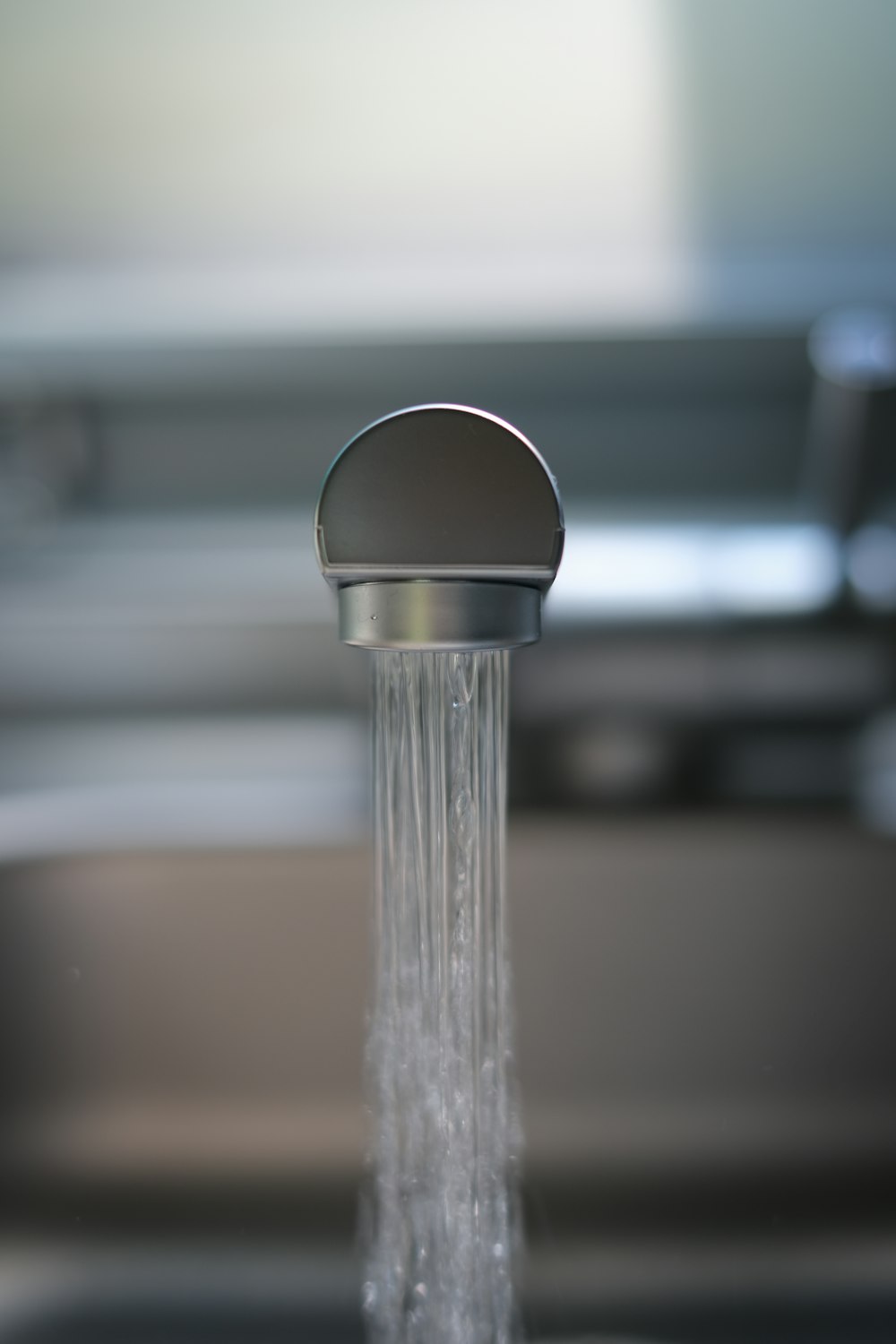When it comes to ensuring a more comfortable and enjoyable experience while using a CPAP machine, few things can make a bigger difference than a humidifier. By adding moisture to the air that is supplied by your CPAP machine, a humidifier can help prevent side effects such as a sore throat. A heated humidifier can be especially helpful in making treatment more comfortable.
However, the kind of water you use for your humidifier can be more important than you might think. As tempting as it may be to just use normal tap water instead of buying distilled water, new research shows that using tap water could actually be hazardous to your health.
CDC Research Highlights Tap Water Risks

The emphasis on not using tap water stems from recent research conducted by the CDC. As part of their research, the CDC examined the levels of potentially harmful microorganisms found in American tap water, while also surveying users of CPAP machines and other devices regarding their use of tap water.
American tap water is safe to drink because micoorganisms like NTM, Pseudomonas spp., and Legionella spp. are present in such low levels that any of these microbes that are consumed are killed by the body’s stomach acids. This ensures the water is safe for drinking and cooking. Despite this, researchers noted that these microbes do pose a threat when used with a CPAP humidifier or other devices that could cause them to be aerosolized and inhaled.
In fact, it is estimated that exposure to these waterborne pathogens contribute to approximately 120,000 hospitalizations and 7,000 deaths each year. When the microbes reach the body’s respiratory system (whether because you’re using a CPAP humidifier or for another reason), they can lead to severe pneumonia-like symptoms.
Even with these alarming facts, the CDC survey found that 24 percent of CPAP users would use tap water for their humidifier.
How Is Distilled or Sanitized Water Different?
Because of the potential harm associated with using tap water, the CDC reemphasized the importance of using distilled or sanitized water for CPAP humidifiers and other similar devices.
Distilled water is created by boiling water to separate it from all contaminants. This includes bacteria, minerals, and any other impurities. Pure steam created by boiling the water is captured and cooled, returning to its liquid form. This “pure” water contains only H2O, and is ultimately sold as distilled water. This water is specifically labelled as “distilled water,” and is often marketed for use in CPAP machines and humidifiers.
What makes distilled water different from filtered water is that all impurities have been removed. Filtered water will usually remove most microbes and pathogens, but trace minerals (such as calcium and magnesium) will still remain. Though these minerals can improve the flavor of the water (and even make it healthier), this content can also contribute to mineral deposits in a CPAP water chamber.
Similarly, while the CDC recommended that CPAP users could boil water for up to five minutes to kill any microbes that might be present, this won’t eliminate the mineral content. Boiled water will reduce your risk of illness while using a CPAP machine, but buildup and deposits could still occur. This is especially true in areas with hard water. And, of course, you should always let water cool before you add it to the humidifier water chamber.
So, while boiled or filtered water will be safer, distilled water is ultimately the best option for your CPAP machine.
Reduce Risk By Cleaning Your Humidifier

Of course, even when using distilled or sanitized water, the moisture within the humidifier water chamber can create the ideal breeding ground for mold and bacteria. Because of this, consistent cleaning of the water chamber should be a top priority to prevent potentially harmful buildup.
Both daily and weekly cleaning regimens will keep your humidifier clean and sanitary. For daily cleaning, disconnect the water chamber from the rest of the CPAP machine, then wash it with mild soap and warm water. Rinse the water chamber and allow it to air dry before reconnecting it to the CPAP machine. Do not use bleach or other strong cleaning detergents, as they could damage the water chamber or leave residue.
Once each week, soak the water chamber in a one-part water and one-part white vinegar mixture for 15 to 20 minutes. After soaking the water chamber, rinse it with warm water and let it air dry. Keep the water chamber out of direct sunlight while drying to prevent damage to the plastic.
Finally, keep in mind that the water chamber should generally be replaced every six months, per manufacturer guidelines. A water chamber that is cracked or discolored could promote additional bacteria growth, and should be replaced as soon as possible.
Stay Safe, Use Distilled Water
If you use a humidifier, you should use distilled water — or at the very least, boil your tap water to sanitize it. Doing so may feel like an “extra step” in using your CPAP machine, but it can keep you safe from serious illness and help you get the most of your sleep apnea treatment.
At Help Medical Supplies, you can purchase distilled water for CPAP machines in packs ranging from a single bottle to 31 bottles! You’ll also find replacement humidifier water chambers, many of which are available at discounted prices off of MSRP. With free shipping on all orders of $99 or more, there’s never been an easier way to manage your CPAP humidifier needs.

